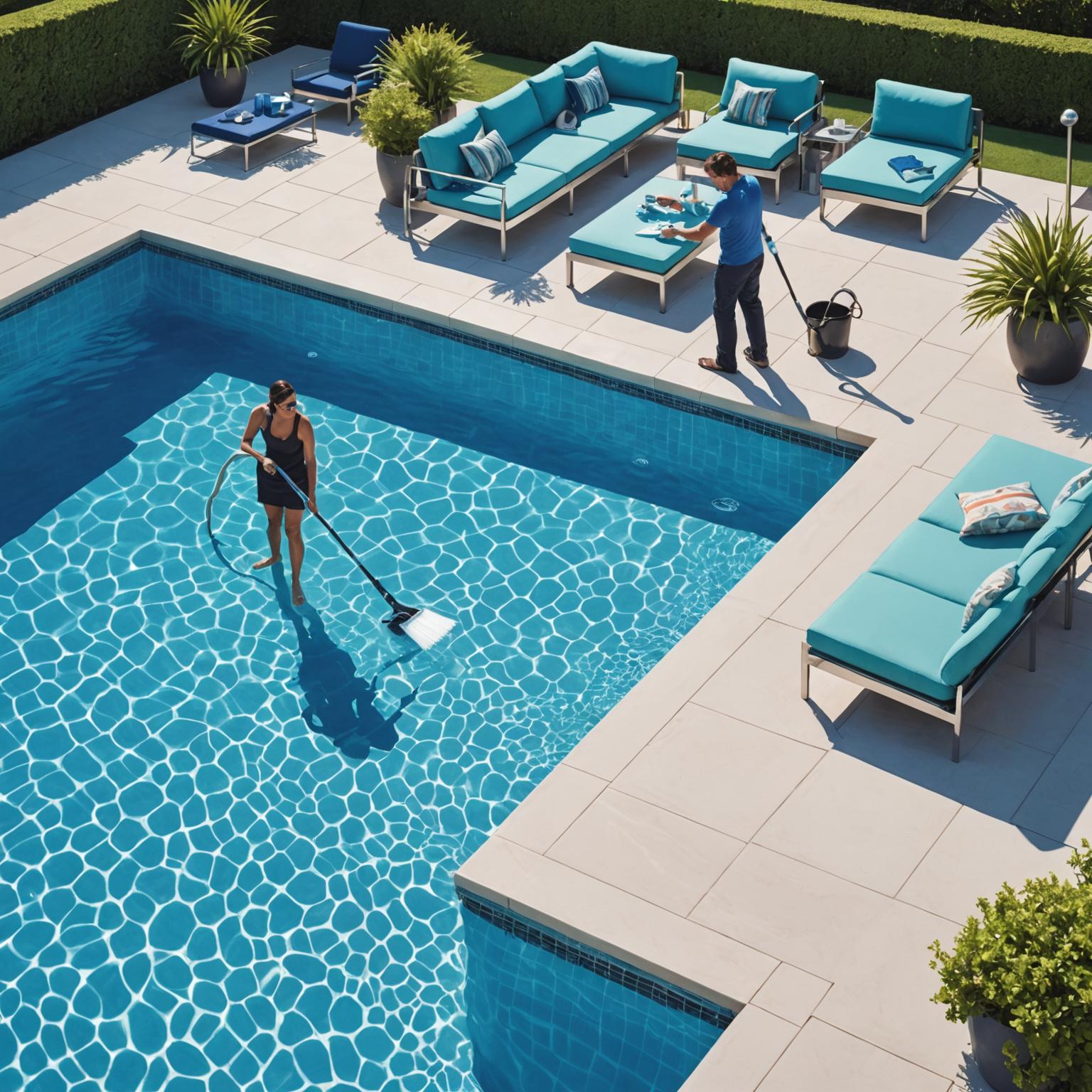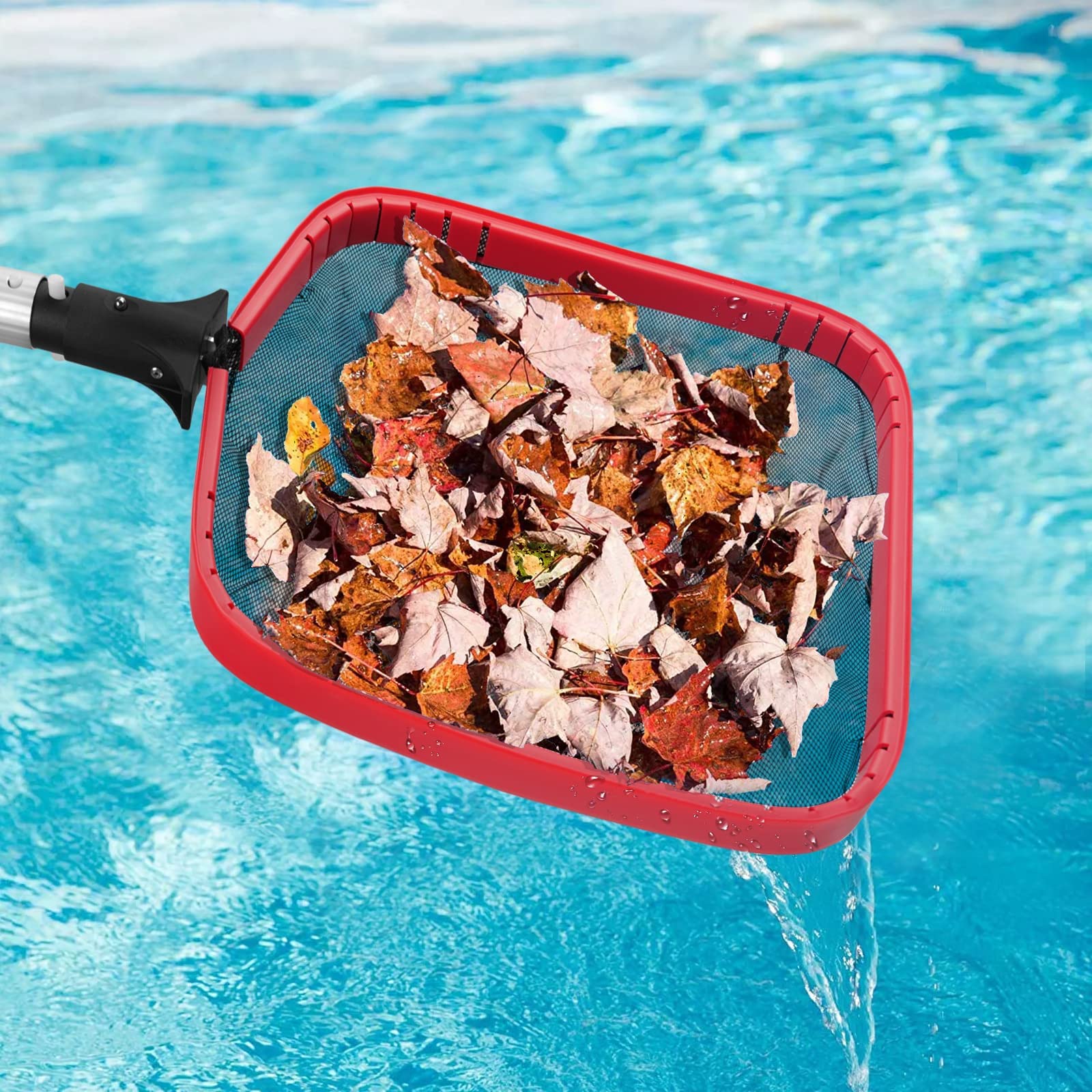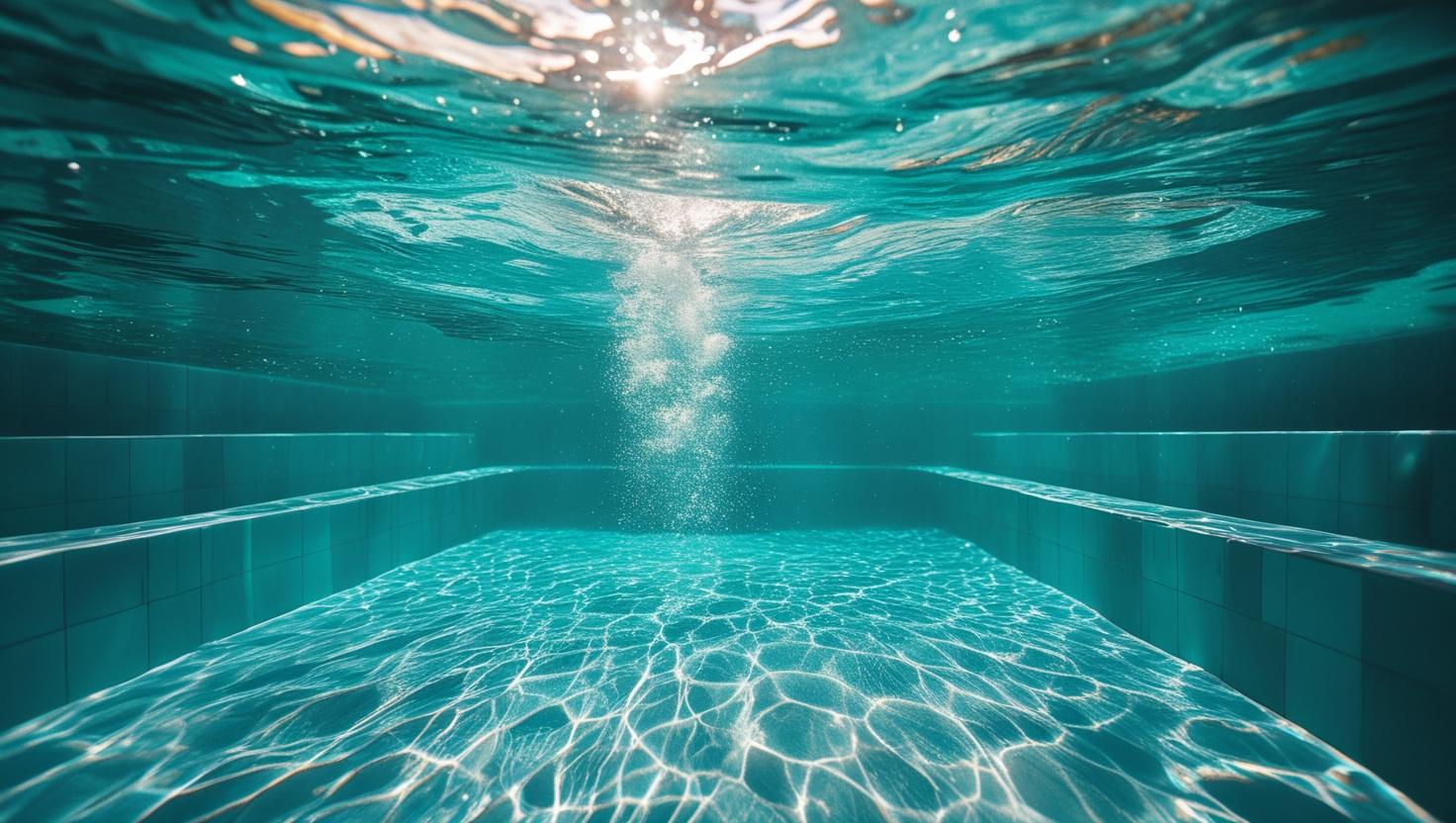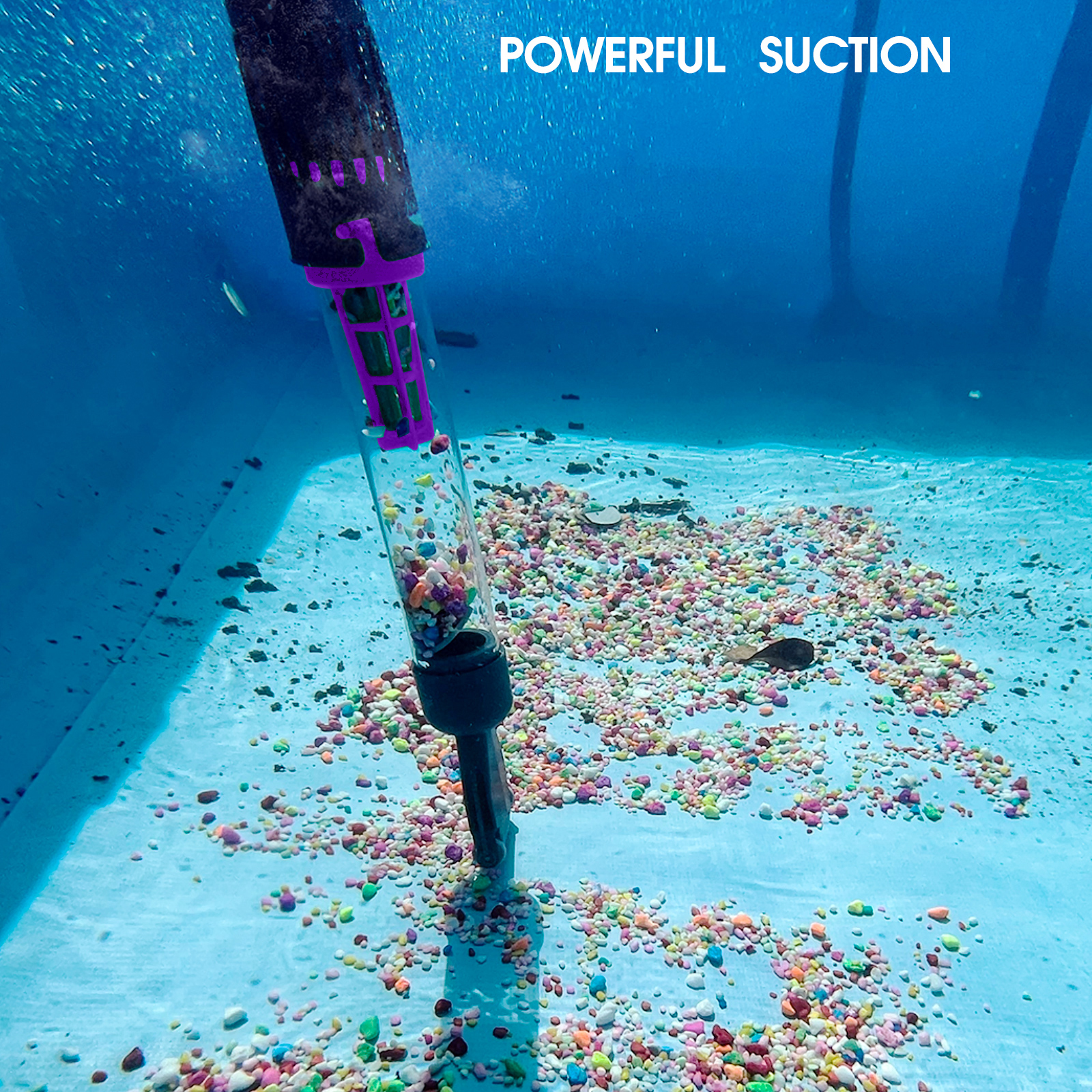
How to Winterize Your Pool Properly
For many pool owners, winter is a season of neglect. But without proper winterization, freezing temperatures can destroy plumbing lines, crack filters, and turn your clean water into an algae-ridden mess. This guide helps you prevent those issues with expert-backed, easy-to-follow steps tailored to real-life scenarios.
The Real Pain: Costly Damage That Starts Small
A common mistake among pool owners is underestimating what a slight overnight freeze can do. According to thePool & Hot Tub Alliance, freeze damage is among the top 3 causes of equipment failure in seasonal pools. Even a small crack in a pipe from expanding ice can lead to water leaks and thousands in repair bills come spring.
Real-user concern:
“I left my pump running into November and forgot to drain it. The entire filter cracked during a cold snap—repair cost me $700!”
—Mark L., Michigan homeowner
Step-by-Step Off-Season Protection Plan
1. Test and Balance Water Chemistry
Balanced water prevents corrosion and scale formation. Use Bonny test kits to check:
-
pH: 7.4–7.6
-
Alkalinity: 80–120 ppm
-
Calcium hardness: 200–400 ppm
Keeping chemistry stable over winter helps prevent algae growth and surface staining.
2. Shock and Treat the Water
Use a chlorine-based shock to eliminate residual bacteria. Then apply a long-lasting winter algaecide to keep water clear throughout the season. Don’t wait until closing day—apply at least 24 hours in advance.
3. Deep Clean Your Pool
-
Skim out all leaves and debris
-
Brush pool walls and vacuum the floor
-
Backwash and rinse filters
Tip: Debris left behind can decay, stain your liner, and feed algae over winter.
4. Lower Water Level & Blow Out Lines
-
Drain water 4–6 inches below the skimmer
-
Use a shop vac or blower to remove water from return lines
-
Add pool-grade antifreeze for underground plumbing
This step iscritical in preventing pipe burstsfrom expanding ice.
5. Disconnect and Drain Equipment
-
Remove, drain, and store pump, filter, heater, and chlorinator
-
Store them in a dry, frost-free area
-
Don’t forget to empty skimmer baskets and ladders
Bonny offersall-in-one winterizing kitsto streamline this step.
6. Secure a Proper Winter Pool Cover
A good pool cover:
-
Blocks sunlight (prevents algae)
-
Keeps out debris
-
Prevents animals or pets from falling in
Mesh safety covers work best in snowy climates, while vinyl covers are ideal for mild regions.
Scenario-Based Tips
For Busy Families
Install a mesh leaf net over your main cover. This allows quick cleaning without removing the heavy cover every week.
For Vacation Homeowners
Use remote sensors (temperature and water level) to monitor your pool from afar. Bonny-compatible tech options are affordable and easy to set up.
For Harsh Winter Zones
Add a mid-winter chemical floater to stabilize chlorine. Also use a floating air pillow to reduce ice pressure in above-ground pools.
Supporting Data
-
A study from theNational Pool Industry Research Centernotes that 78% of freeze-related claims could have been avoided with proper winterization.
-
HomeAdvisor reports theaverage cost of post-winter pool repairranges from $800–$2,500, making prevention significantly more cost-effective.
Explore Bonny's Winter Care Essentials
Bonny provides a full lineup of winter pool products:
-
Professional-grade test kits
-
Antifreeze & skimmer plugs
-
Leaf nets and UV-resistant covers
-
Submersible pumps and blowout adapters
These aretrusted by commercial pools and residential ownersacross Europe and North America.
Enjoy a Cleaner Spring Start
Winterizing your pool isn’t just maintenance—it’san investment in stress-free springtime swimming. By spending just a few hours now, you’ll avoid cloudy water, broken pipes, and algae outbreaks later.
Check out ourhomepageto explore winterizing kits and expert support.
Need help planning your pool closure? Reach us via ourContact Us page.







